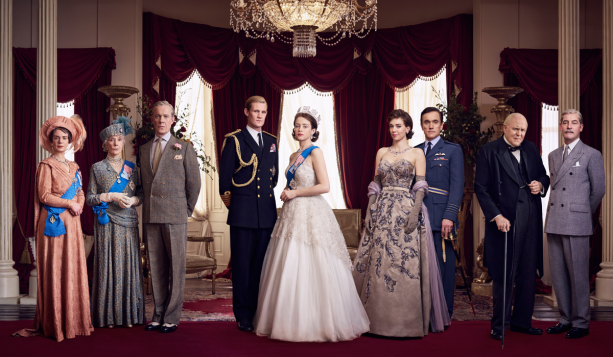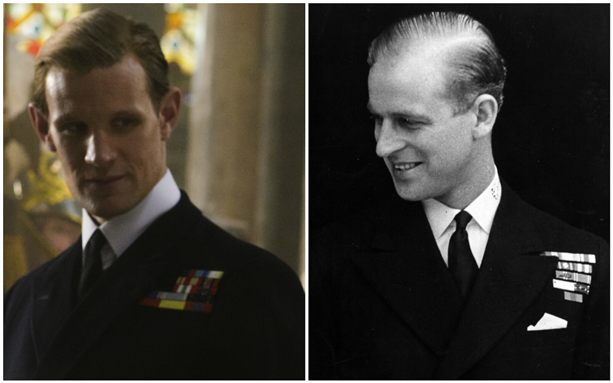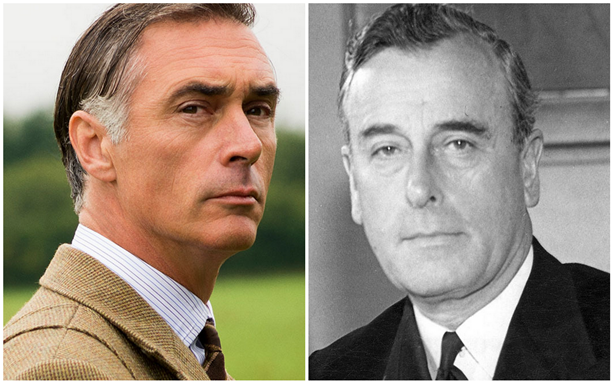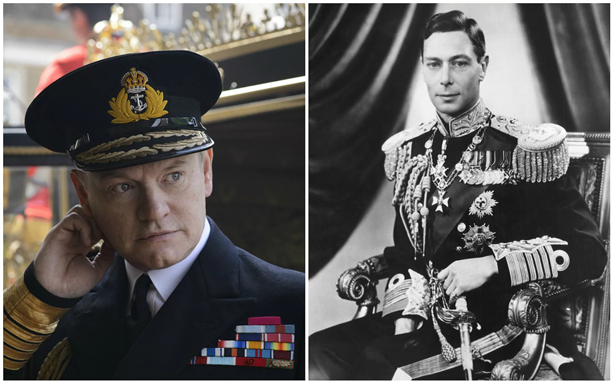-

In the collective consciousness, nouns such as crown, monarchy or queen belong to a far away era, related to the Middle Ages or to children’s fairytales. However, if one takes more time to think about it, those words still belongs to nowadays society. For instance, numerous countries have a constitutional monarchy such as Japan, Spain, Denmark or the United Kingdom. Yet, only the later happens to be consequently popular in the world and the reason of such gained reputation resides in three words: the British Empire.
Colonialism had never been that efficient but under the reign of a woman, Queen Victoria. So efficient it resulted in Britain having colonized nine out of ten countries in the world!1 While keeping this idea in mind, it becomes quite easier to understand how the United Kingdom and its monarchy remained prominent in the international landscape.
However, in a world where the main concerns revolve around technology and mass production, a monarchy appears to be an archaic concept. As to illustrate, the British Empire turned into the Commonwealth and granted more independence to its former colonies. Surely, the token of the British Monarchy can be found on stamps or banknotes but in terms of power itself, the Crown has no more political influence today. In other words, the British Monarchy has become a symbolic representation of the United Kingdom and the Commonwealth –but at what costs?
According to Republicans, the British Monarchy has become an economic well for the country and ought to be abolished2. However, most inhabitants of the United Kingdom are still attached to the Royal Family and the massive enthusiasm toward the series The Crown confirms it.3
The Crown is a British-American Historical Drama TV Show created by Peter Morgan and produced for Netflix. It aims to portray the life of Queen Elizabeth II (currently interpreted by Claire Foy) from her marriage with the Prince Philip of Greece and Denmark (currently interpreted by Matt Smith) to her sovereignty over the United Kingdom. While the series has already released two seasons, it intends to produce four another. Each episode relates the evolution of Queen Elizabeth’s life through a national or worldwide event and features leading figures such as her relatives and political figures.
The common thread of this blog will be to question how the British Monarchy has become a source of entertainment and to what extent the fiction remains faithful or affects the accuracy of historical facts.
1 Britain Has Invaded Nine Out Of Ten Countries, From France To United States
2 Is the British Royal Family Worth the Money?
3 How The Crown revived our love for the Queen
 3 commentaires
3 commentaires
-

By all accounts, there is no such thing as a series with only one character. What would be the point of witnessing the story of one person living on its own, cut off from the world? It may pass the time for a moment -just as observing a goldfish swimming in circles in a tank- but it would be no consequent distraction in the long run. Just as in real life, people on a TV show need to exchange with another to evolve and have one or more storylines.
In the case of The Crown, while there is no precise plot but the evolution of Queen Elizabeth II –the main character- within the British Institution, she is surrounded by a great number of individuals and is thus brought up to witness different events at the same time. As a result, the series has an extensive amount of secondary characters. However, if one happens to not be familiar with the royal and historical figures of the show, it is rather easy to get lost in the crowd.
This article will thus aim to list the leading characters of the show and analyze how they are depicted for an average viewer with no extended knowledge of the Royal Family and British historical figures.
Queen Elizabeth II (played by Claire Foy)

In real life, the Queen of the United Kingdom is well known for her stoic expression and rigorous respect of the Royal Etiquette. However, in The Crown, we witness the gradual process which led Elizabeth II to such temperament. From her marriage to the coronation, Elizabeth II has to renounce to her individualism in order to represent the United Kingdom. Personal interests and demonstrations of affections have to minimal if not inexistent. Through season one, we observe her character struggling with her sister’s desire to marry Peter Townsend while on the second season, the Queen is facing her husband’s infidelity. However, any troubles that the Queen is dealing inside the family remain hidden in public. In the end, the status of monarch dehumanizes the sovereign and the viewers are quickly inclined to demonstrate empathy towards the Queen.
Prince Philip, Duke of Edinburgh (played by Matt Smith)

Prince Philip first appears in the series as he abandoned his Greek and Danish royal titles in order to marry Elizabeth. The relationship between the spouses first appears to be quite trouble-free but as the sovereignty of Elizabeth II casts a shadow on his persona, Prince Philip gradually becomes bitter by the end of season one–after all, living in one wife’s shadow must be a hard blow to a man’s ego. The couple gradually grows distant while struggling to maintain the appearance of a stable patriarchy within the monarchy. The Prince complies with his duty as being the husband of the Queen but remains nostalgic of his former life in the British Navy and demonstrates annoyance from time to time.
Lord Louis Mountbatten (played by Greg Wise)

Lord Louis Mountbatten is both related to the Duke of Edinburg and Queen Elizabeth II. On one side, he is the uncle of the Duke while on the other side he is the great-grandson of Queen Victoria (Elizabeth’s great-great-grandmother). While having no noteworthy appearance through the first season, he is seen as a mentor to his nephew Philip and later on with his great-nephew, the prince Charles. He is also benevolent towards the Queen while warning her about Anthony Eden’s plan about the Suez Crisis.
Princess Margaret (played by Vanessa Kirby)

The Princess Margaret is at the heart of two family dramas in the show. In the first season, she wishes to marry Peter Townsend, who formerly divorced his wife to do so. However, for the sake of the Anglican Church, the Queen does not allow the union and Margaret is depicted as a melancholic character who parties all night without considering that much her statue in the Royal Family. When she happens to do so, she is nothing like her sister: emotional and spontaneous. In the second season, she shakes even more the stoic image of the Royal Family with her marriage with Armstrong-Jones –who formerly had several relationships with women at the same time.
Peter Townsend (played by Ben Miles)

Peter Townsend was a recurrent character in season one since he was a concern for the Royal Family with his relationship with the Princess Margaret. He was previously married to a woman with whom he had two children. As a result, his union with the Princess is unwelcome. In an attempt to separate him from Margaret, he is sent away in France for a prolonged period but eventually comes back. When Margaret requests her marriage with him, the Queen still refuses and Peter eventually marries someone else in season two –leading the Princess Margaret to throw herself in Armstrong-Jones arms.
Queen Mary (played by Eileen Atkins)

The Queen Mary’s apparitions are quite small since she eventually dies at the beginning of the first season. However, she mainly embodied a former era of the Royal Family. Married to the King George V, she features three episodes following the death of her son, George VI.
Prince Edward, Duke of Windsor (played by Alex Jennings)

Despite his position within the Royal Family (Brother to the King George VI and Uncle to the Queen Elizabeth), the character of the Duke is quite withdrawn. He is mostly mentioned in the first season. While living in France with his wife the Duchess of Windsor, he has to return to England when his brother dies. However, his presence within the family only reminds his scandalous relationship with Wallis Simpson, leading to his abdication. Later on, this unwelcome feeling toward his wife is further more stressed when she is not invited to the coronation of Elizabeth and the Prince is asked to not attempt it.
Wallis Simpson, Duchess of Windsor (played by Lia Williams)

Married to the Duke of Windsor, the character of Wallis remains remote as well. The series mostly insists on the idea that she does not truly belong to the Royal Family since she has no royal titles and divorced several times in the past.
King George VI (played by Jarred Harris)

Just as Queen Mary, George VI’s apparitions are small since he dies in the second episode of the first season. The character is mostly seen as an affectionate father and beloved King despites oratory issues.
Queen Elizabeth, the Queen Mother (played by Victoria Hamilton)

The character of the Queen Mother is quite reserved. She features several episodes, mostly as an emotional support to her daughter, Elizabeth II, but also suggests advises concerning family issues. Her close ties with Scotland are suggested through an episode in which she buys a castle after the death of her husband.
Winston Churchill (played by John Lithgow)

Winston Churchill is probably the most important political figure featuring the series The Crown. Since he is the first starring Prime Minister, he is approached as a powerful and influential character. His prolonged experience as a Prime Minister enabled the Queen to have a mentor at the beginning of her sovereignty. Furthermore, since Winston Churchill was also Prime Minister under the reign of George VI, Elizabeth sees in him a paternal-like figure which brings her support. However, as Winston Churchill becomes older, he is no longer able to take great decisions for the country and will eventually retire.
Anthony Eden (played by Jeremy Northam)

Anthony Eden is the second Prime Minister featuring The Crown. In opposition to Winston Churchill, his character is far from being glorified. He is mostly related to the Suez Crisis. His desire to start a war despite international disapprobation eventually stained the United Kingdom reputation while the Prime Minister gradually becomes sicker. He will finally be succeeded by Harold McMillan.
Harold McMillan (played by Anton Lesser)

Formerly the Chancellor of the Exchequer under Anthony Eden, Harold McMillan is the third Prime Minister starring in the series. His character is present through most of the second season and brings among the series another wave of scandal such as the Profumo Affair, compromising his trustworthiness.
Tommy Lascelles (played by Pip Torrens)

Like Winston Churchill, Tommy Lascelles also worked under George VI’s reign. His character only appears from time to time but his status of Private Secretary to the Royal Family makes of him a close confident to Elizabeth II. Indeed, the Queen allows herself to ask him some advices when it comes to personal matters, and thus, Tommy Lascelles appears to be an important character.
Sources:
- Vulture.com - See How the Actors on The Crown Compare to Their Real-Life Counterparts
- Telegraph.co.uk - The Crown season 3, cast and characters: who's playing the real people behind the Netflix hit?
 3 commentaires
3 commentaires Suivre le flux RSS des articles
Suivre le flux RSS des articles Suivre le flux RSS des commentaires
Suivre le flux RSS des commentaires


